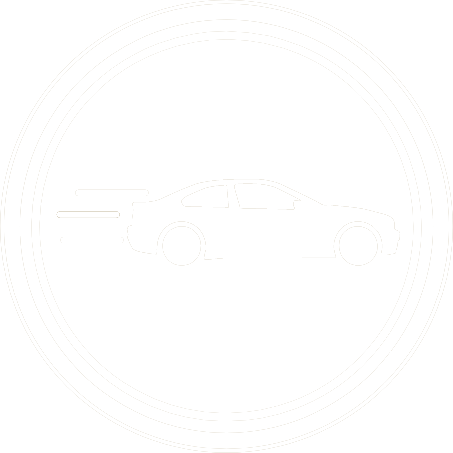The evolution of the automobile headlight has made the correct use of these even more important – considering studies in the USA have shown 12% to 15% of nighttime crashes result from the improper use of headlights.
Millions unknowingly drive with blinding high beams, causing crashes and endangering lives. Imagine driving down a dark road, suddenly assaulted by a blinding wall of light. It's not an alien invasion, but a fellow driver with their high beams permanently on.

With many cars across the size and price spectrum now offer auto-dimming headlights as a standard feature, drivers often do not notice if this system fails or misjudges the situation and this, coupled with a lack of awareness about manual controls among newer drivers, creates a recipe for road chaos.
The consequences are far from trivial. Blinded by high beams, oncoming drivers experience temporary vision impairment, increasing their reaction time and significantly raising the risk of accidents. The US study also stated glare from high-beam headlights can reduce visual ability, judgment, and response-ability.

Don't be blinded by bright promises - the best pre-owned car offers are right here
The issue extends beyond high beams. Many drivers fail to turn on their headlights in low-light conditions, making themselves invisible to others. Additionally, the misuse of hazard lights as a substitute for turn signals further muddies communication on the road.
“Navigating the roads safely isn't just about following traffic rules; it's also about using your headlights responsibly,” says Dominic Wyatt of the International Drivers Association (IDA).
Here are some essential do's and don'ts to ensure you navigate the roads safely and courteously.
Do's:
- Check Lights Regularly: Keep all headlights working and aligned properly.
- Use Low Beams in Bad Weather: Switch to low beams in fog, rain, or snow.
- Dim for Oncoming Traffic: Always dim high beams for approaching vehicles.
- Give Space to Pedestrians: Ensure sidewalks are well-lit for walkers and cyclists.
- Use Hazard Lights Wisely: Only when stopped or disabled.

Don'ts:
- Don't Blindly Trust Auto Features: Always be ready to adjust headlights manually.
- Avoid High Beams in Towns: Save them for dark, rural roads.
- Don't Blindly Follow Others: Use judgment, not just following other drivers.
- Ease into Lighting Changes: Gradually adjust to avoid sudden glare.
- Use Turn Signals, Not Hazards: Clear signaling prevents confusion.
Wyatt stresses: “Headlights aren't just for seeing, they're a language of safety on the road. Let's illuminate the path to safer roads, together. Remember, responsible driving is not just about you, it's about everyone.”
Colin Windell
Proudly CHANGECARS
For a pre-owned car that will light up your life, click here











